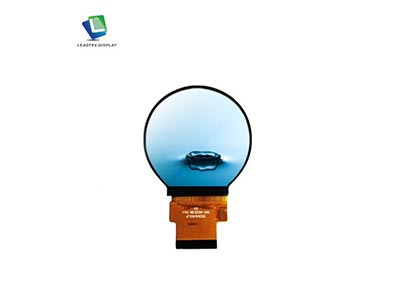What is the difference between LCD and OLED?
LCD (Liquid Crystal Display) and OLED (Organic Light-Emitting Diode) are two different technologies used in display screens, each with its own characteristics and advantages:
1. Technology:
LCD: LCDs work by using a backlight to illuminate the screen. The liquid crystals in the display block or allow light to pass through, creating images. There are two main types of LCD panels: TFT (Thin Film Transistor) and IPS (In-Plane Switching).OLED: OLED displays don't require a backlight because each pixel emits its own light when an electric current passes through organic (carbon-based) materials. This allows for deeper blacks and better contrast compared to LCDs.
2. Picture Quality:
LCD: LCDs can produce vibrant colors and sharp images, but they may not achieve the same level of contrast and black levels as OLED displays.OLED: OLED displays typically offer better contrast ratios and deeper blacks because individual pixels can be turned off completely, resulting in more true-to-life colors and better picture quality, especially in dark environments.
3. Viewing Angle:
LCD: LCDs can experience color and contrast shifts when viewed from extreme angles.OLED: OLED displays generally have better viewing angles because each pixel emits its own light, so there's less distortion when viewed from the side.
4. Energy Efficiency:
LCD: LCDs can be less energy-efficient because the backlight is always on, even when displaying dark scenes.OLED: OLED displays can be more energy-efficient because they only consume power for the pixels that are lit, allowing for potential energy savings, especially when displaying predominantly dark content.
5. Durability:
LCD: LCDs can suffer from issues like image retention (temporary ghost images) and backlight bleeding (uneven lighting).OLED: OLED displays can be prone to burn-in, where persistent images can leave a faint, ghost-like impression on the screen over time, although modern OLED panels have implemented measures to mitigate this issue.
6. Cost:
LCD: LCD displays are generally less expensive to produce, making them more common in budget-friendly devices.OLED: OLED displays tend to be more expensive to manufacture, which can reflect in the pricing of devices that use them.
In summary, while LCDs offer good picture quality and are more affordable, OLED displays provide superior contrast, deeper blacks, and potentially better energy efficiency, making them ideal for premium displays where picture quality is paramount.






 Microsoft Teams
Microsoft Teams WhatsApp
WhatsApp Email
Email Inquiry
Inquiry WeChat
WeChat
 TOP
TOP